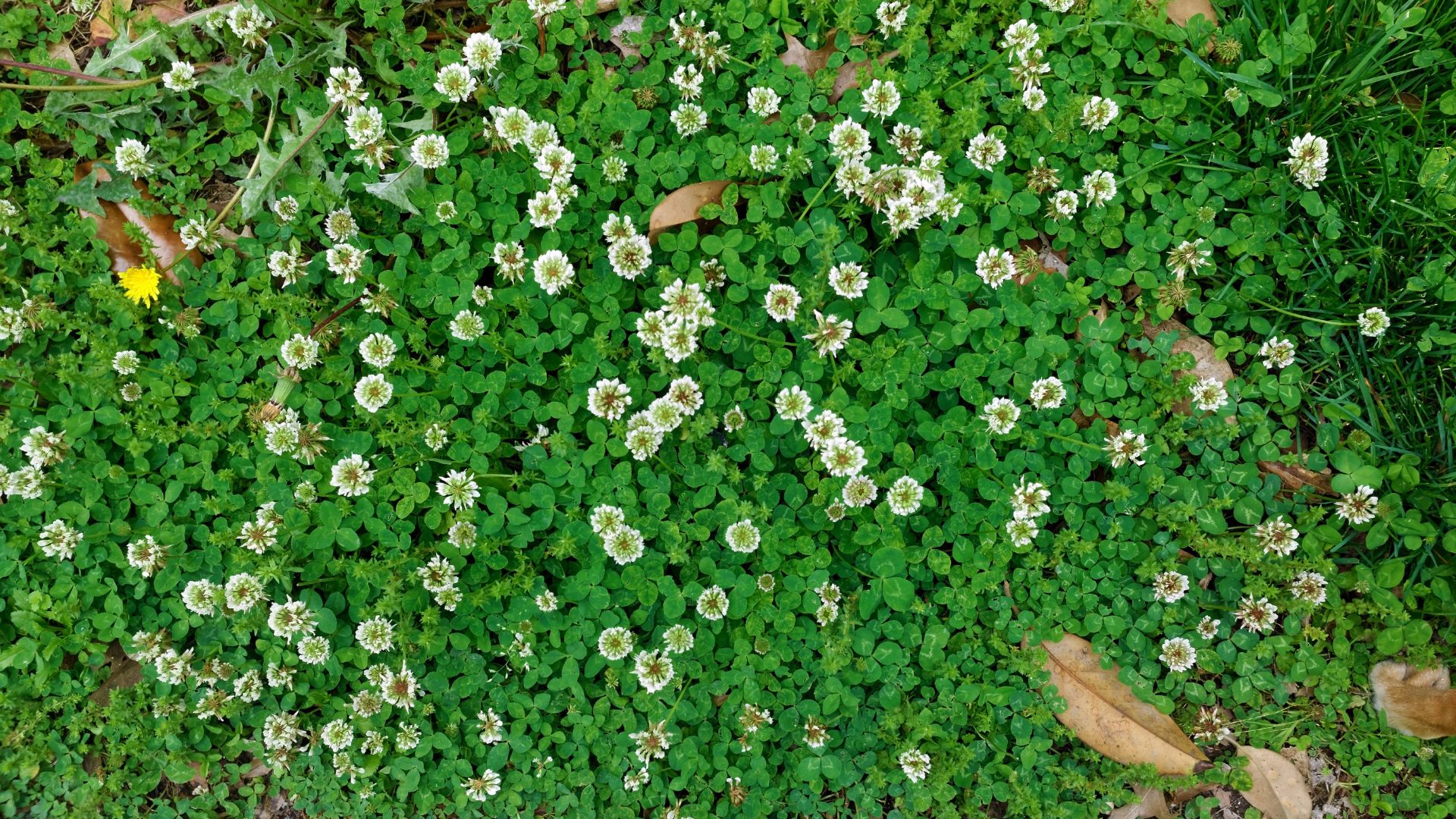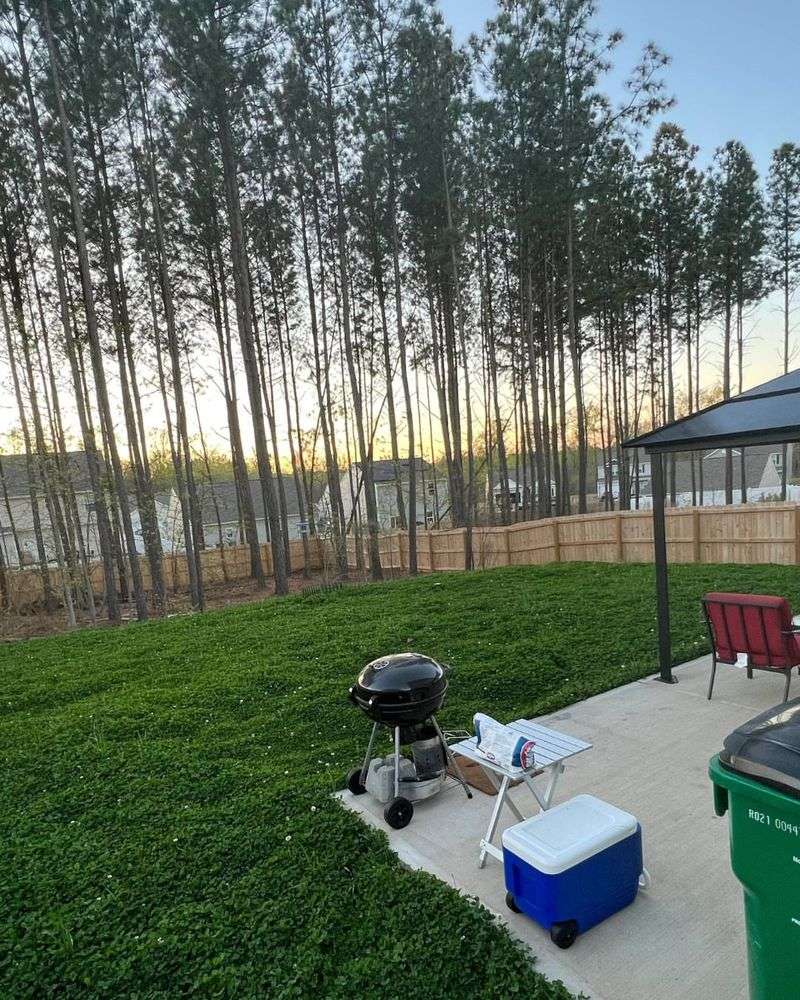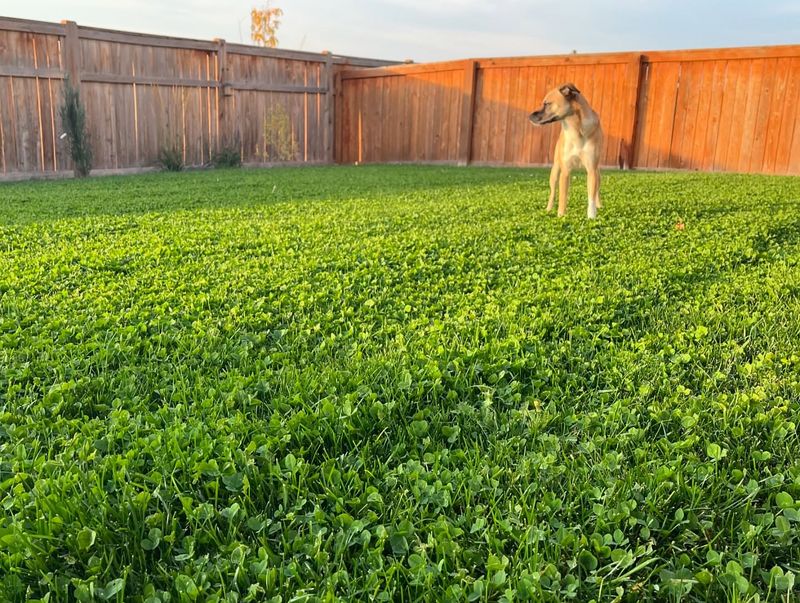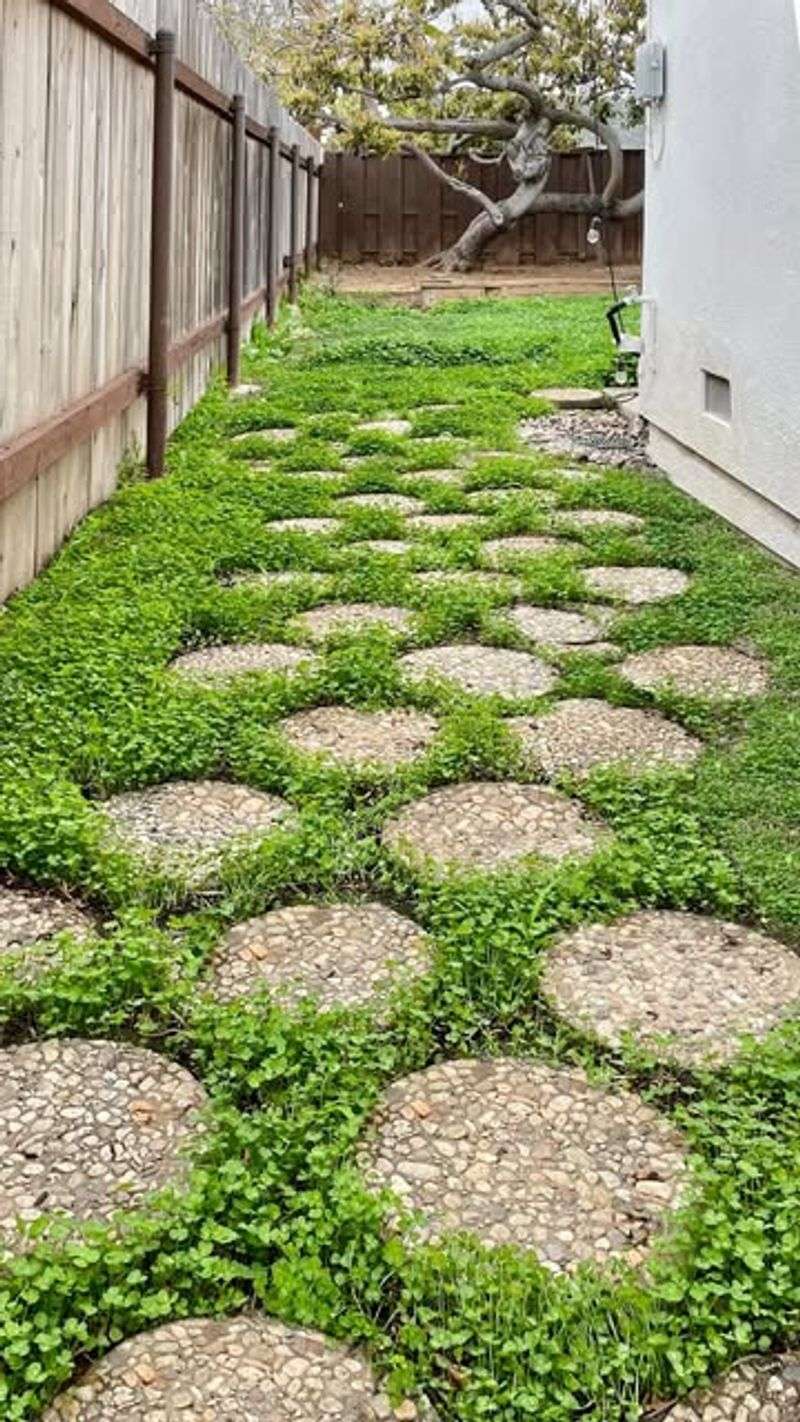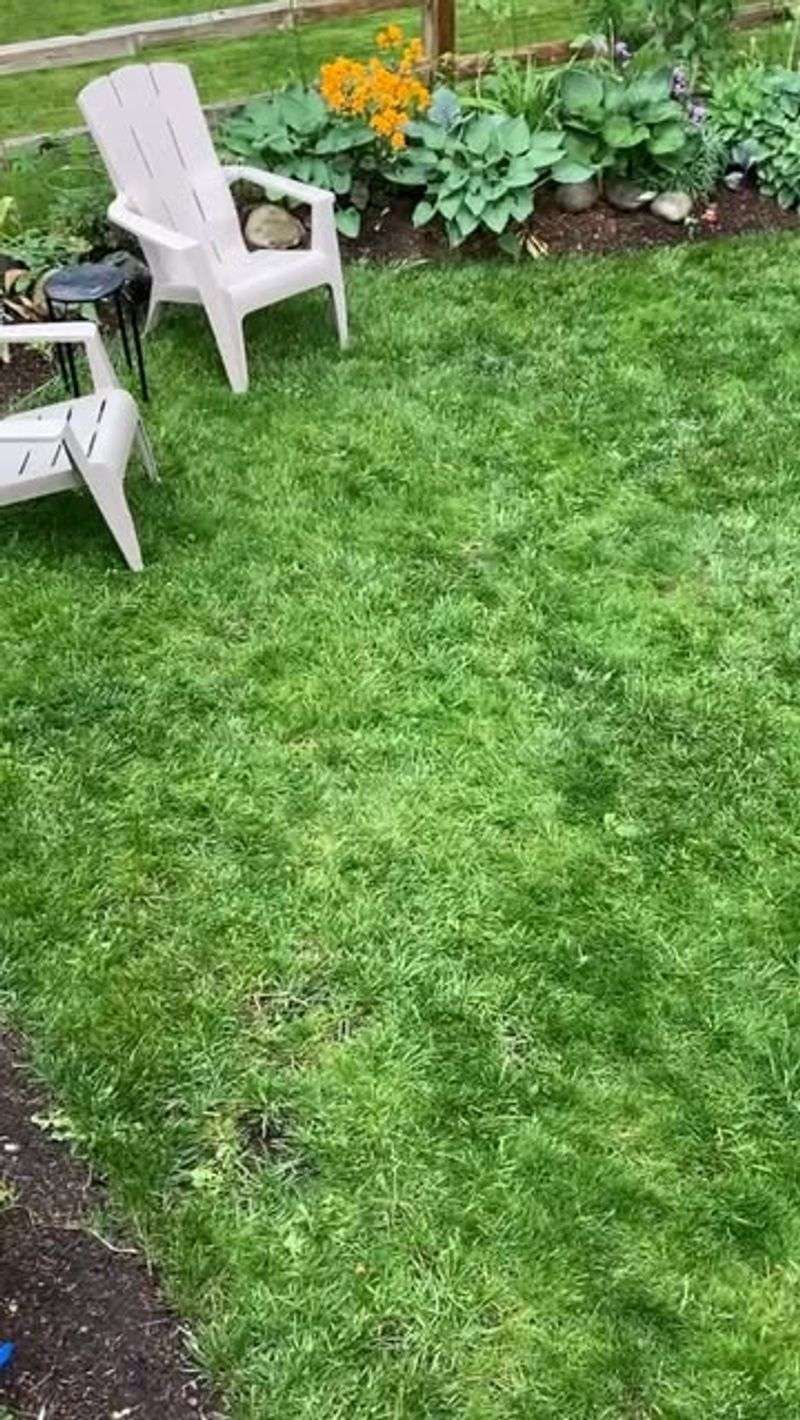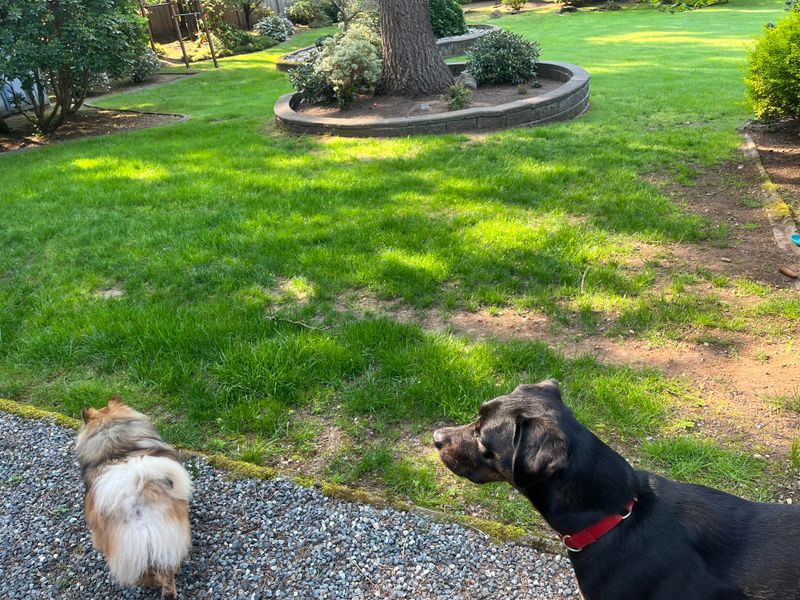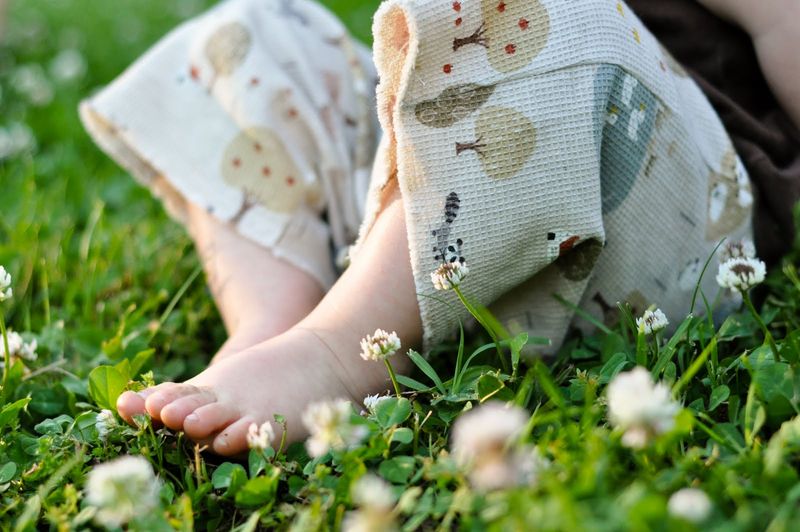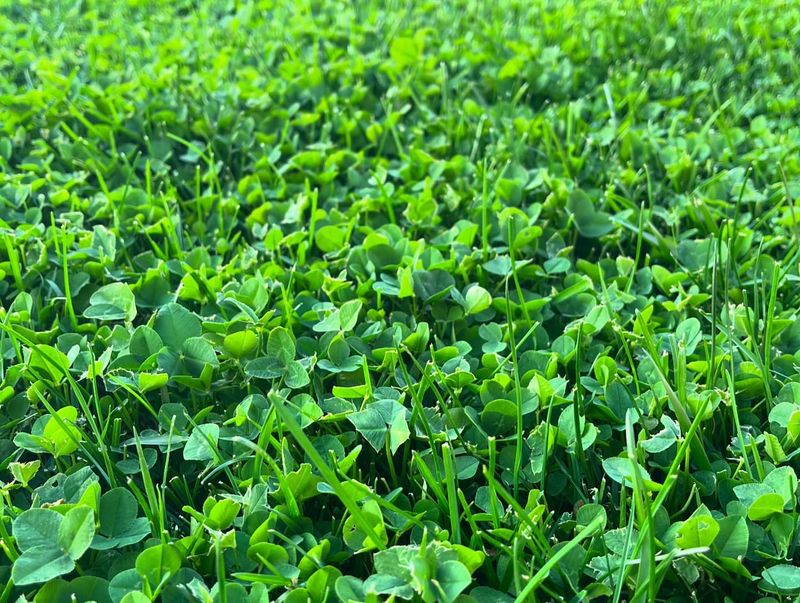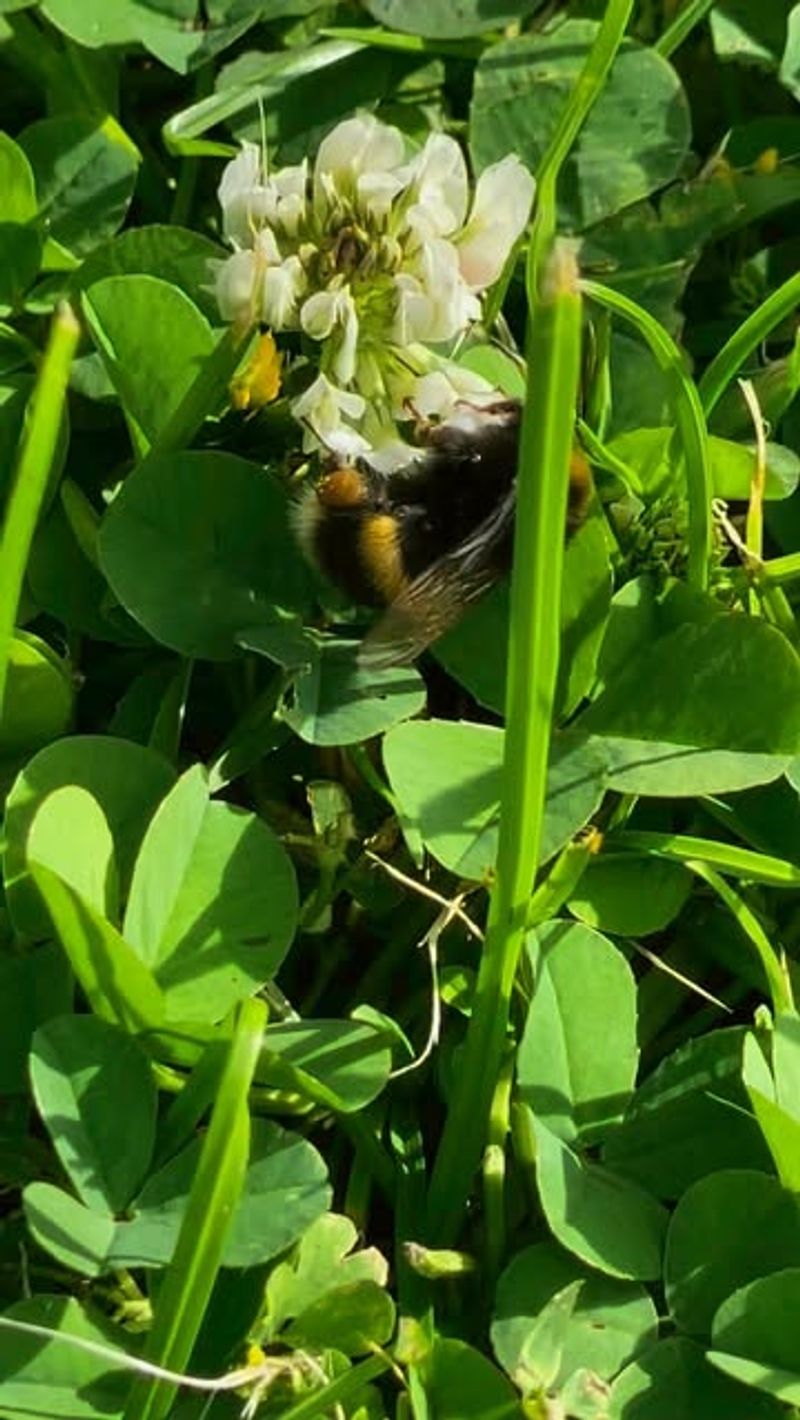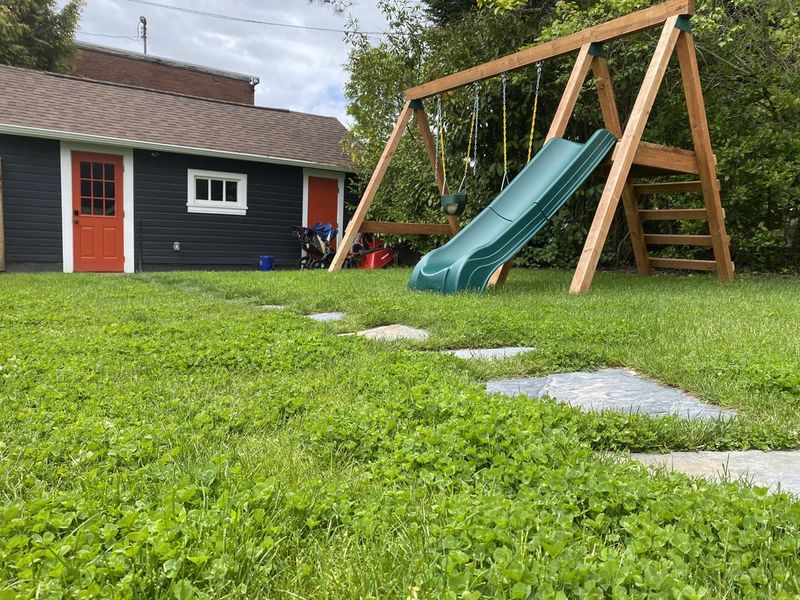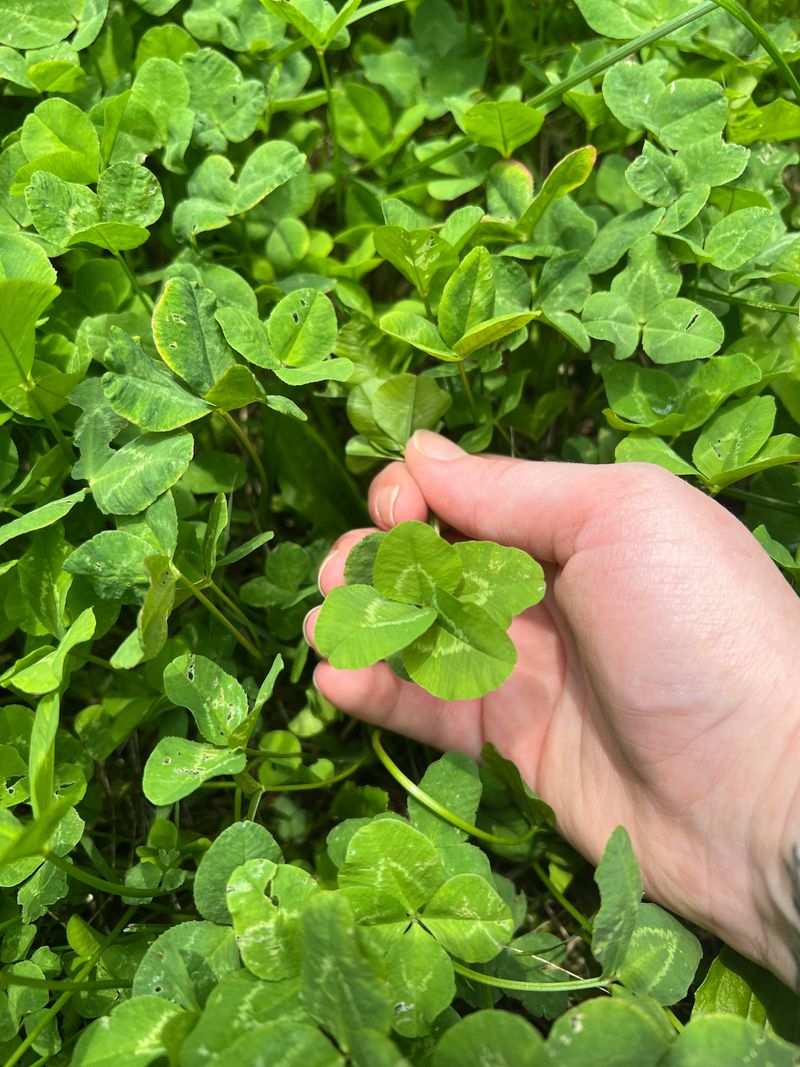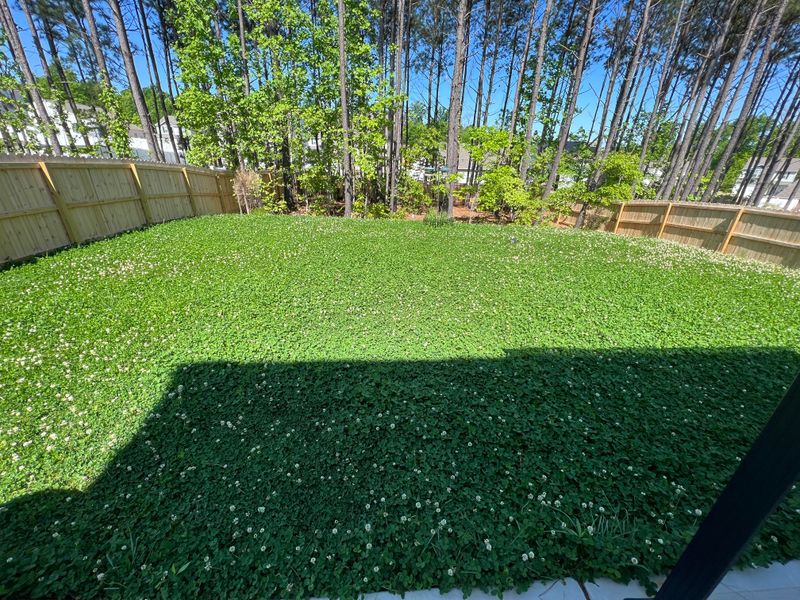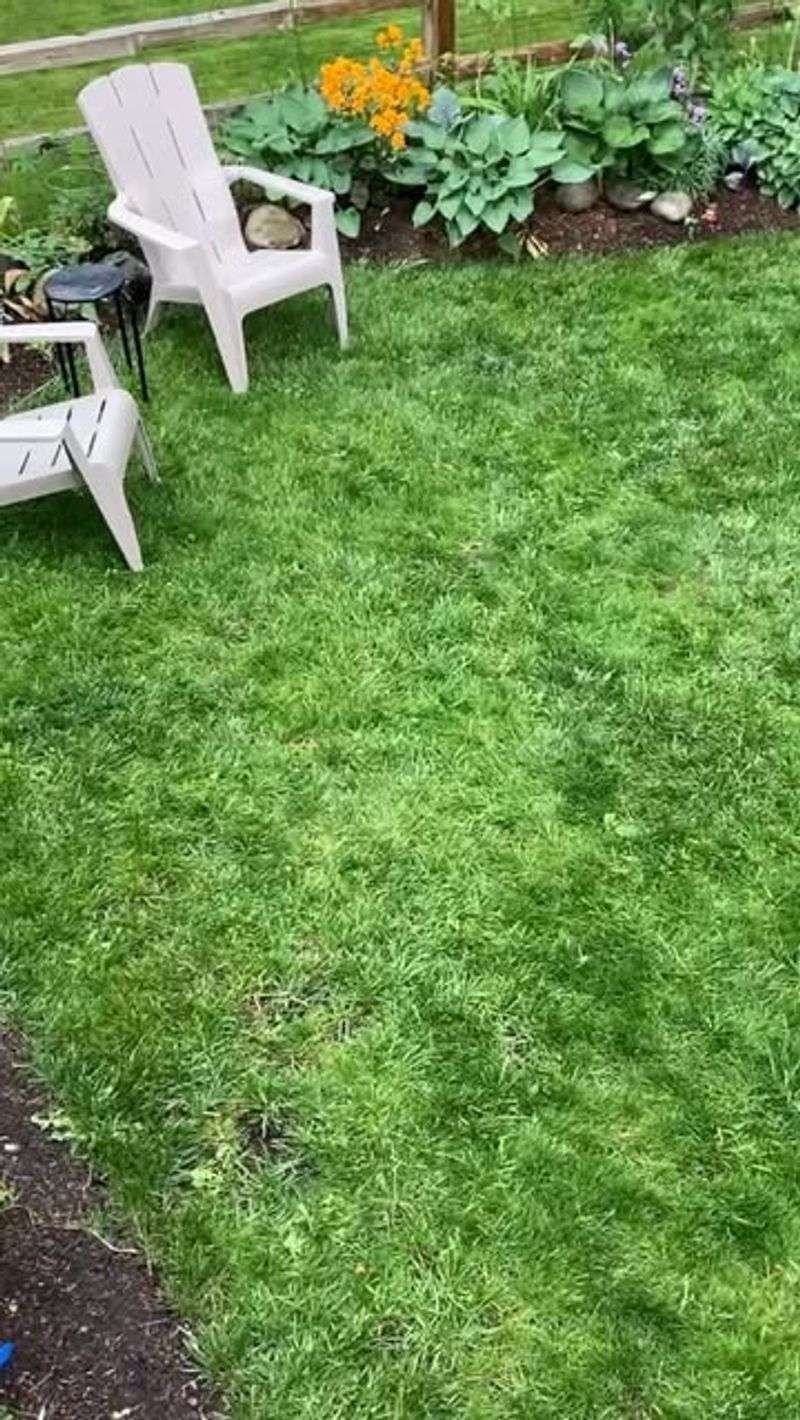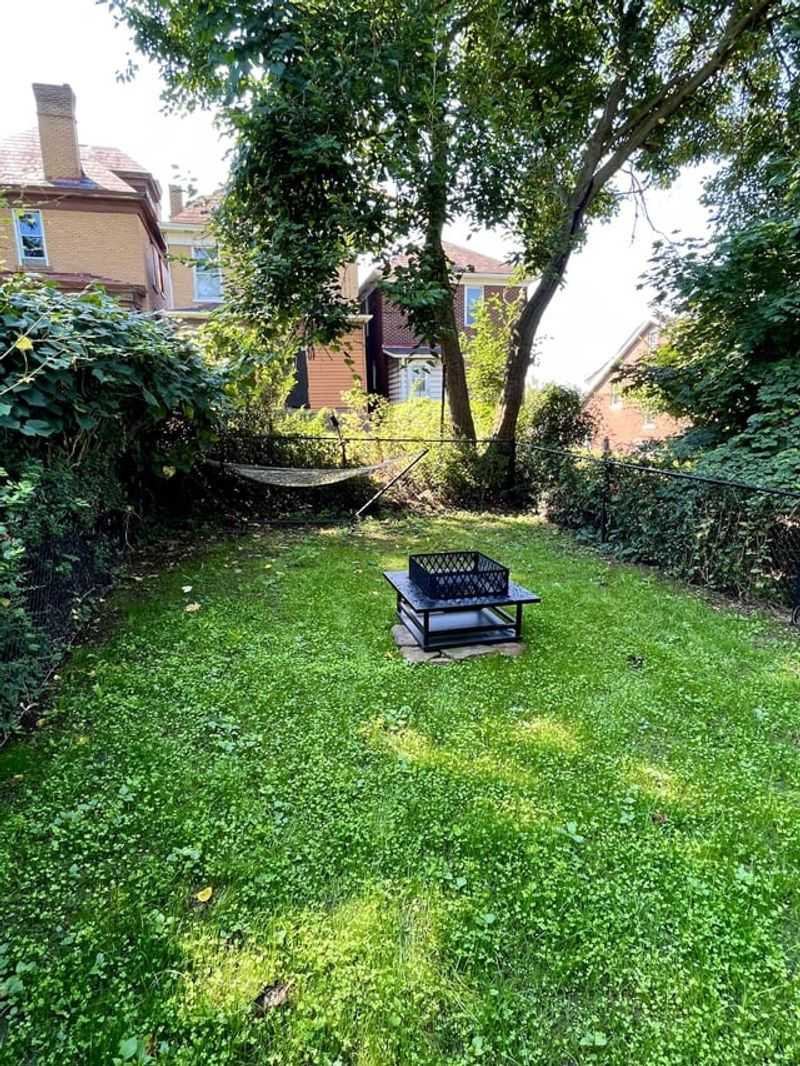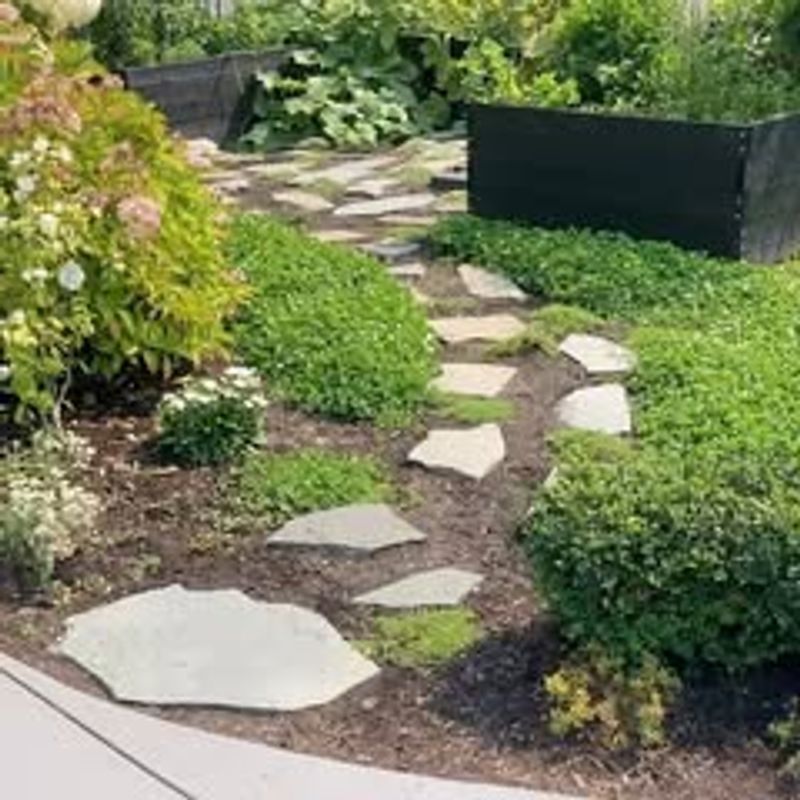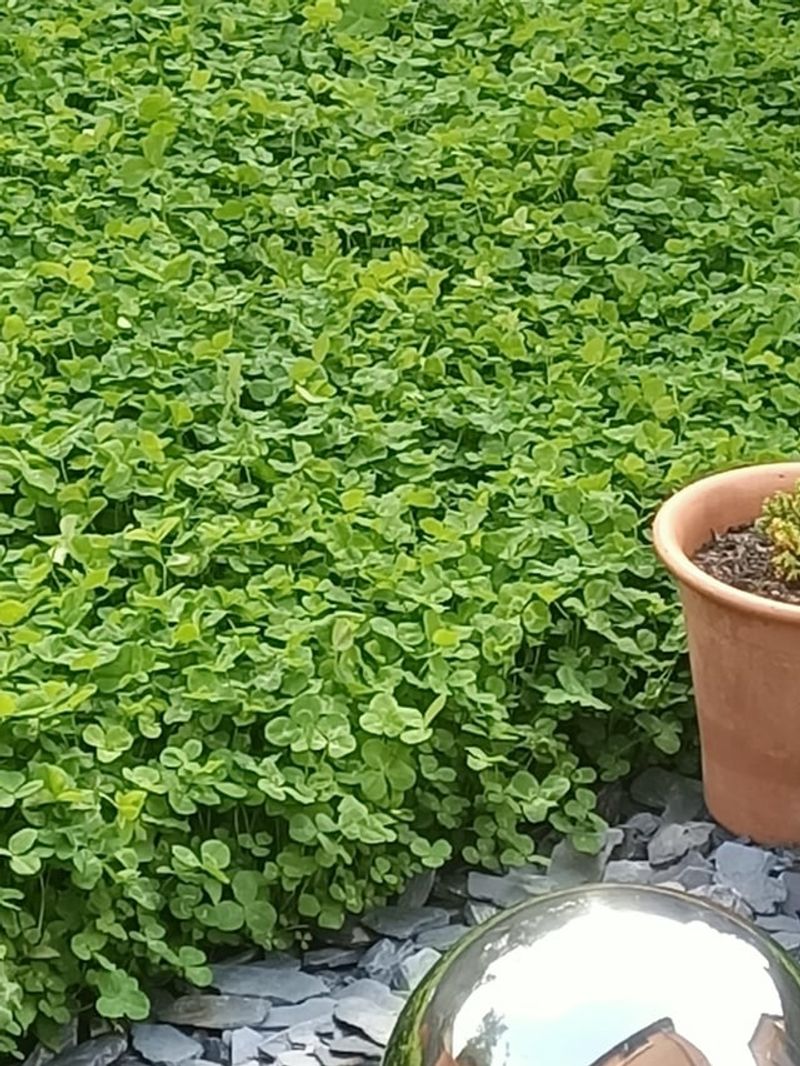Traditional grass lawns are becoming a thing of the past as more homeowners discover 17 reasons why clover makes for a superior alternative. After struggling with my patchy, thirsty grass for years, I finally took the plunge into clover – and honestly wish I’d done it sooner.
The transformation happened faster than I expected, turning my yard from a constant source of weekend labor into something that practically takes care of itself. My neighbors have started asking questions, especially when they see me relaxing instead of mowing every Saturday morning.
Beyond just saving time and money, switching to clover has changed how I use my outdoor space. The soft carpet under bare feet feels different, pollinators visit regularly, and that constant guilt about water waste has completely disappeared.
1. Drought Resistance That Actually Works
Once established, clover roots reach deeper than traditional grass, accessing water sources grass can’t reach. During dry spells when your neighbors’ lawns turn crispy brown, your clover stays relatively green without supplemental watering.
The deep root system creates natural drought insurance, reducing water bills and conservation guilt. Even in my region’s three-week summer dry spell, my clover remained mostly green while nearby grass lawns were completely dormant.
2. Slash Your Water Bill
Compared to traditional grass, clover lawns require up to 80% less supplemental water. This dramatic reduction shows up immediately on your water bill during summer months.
For an average suburban yard, this can mean savings of $30-60 monthly during peak season. My own water usage dropped noticeably after the first full season with clover, especially since I barely need to water except during extreme conditions.
3. Mowing Becomes Optional
White clover naturally grows to just 2-4 inches tall and then stops. This means you can mow occasionally for a manicured look or simply let it be for a slightly wilder aesthetic.
Many clover lawn owners mow just once monthly rather than weekly. The extra free time adds up quickly – I’ve reclaimed about 40 hours of my summer that used to be spent pushing a mower around the yard.
4. Free Nitrogen Fertilizer
Clover belongs to the legume family, which means it performs a neat trick – capturing nitrogen from the air and fixing it in the soil. This natural process eliminates the need for chemical fertilizers entirely.
The nitrogen-fixing bacteria living on clover roots continuously feed your soil. My yard hasn’t seen a bag of fertilizer in years, saving around $80 annually while keeping harmful runoff out of local waterways.
5. Naturally Crowds Out Weeds
Clover’s growth habit creates a dense mat that naturally suppresses most common lawn weeds. The broad leaves shade the soil, preventing weed seeds from germinating.
This natural weed control means no more chemical herbicides or weekend weeding sessions. After the first season, I noticed dandelions and crabgrass had virtually disappeared from areas where the clover had fully established itself.
6. Pet-Friendly Without Yellow Spots
Dog owners know the frustration of yellow urine spots destroying grass lawns. Clover handles pet waste differently, showing remarkable resistance to the nitrogen compounds that kill grass.
This resilience means no more embarrassing dead patches across your yard. My dog’s favorite bathroom corner used to be a dead zone of grass, but now stays consistently green with clover covering the area.
7. Softer Underfoot Than Grass
The texture of a clover lawn feels noticeably different – softer and more cushioned than traditional grass. This makes it particularly pleasant for barefoot walking, playing, or lounging.
Children especially appreciate the gentle feel during playtime. My family now naturally gravitates to the yard on warm evenings, often sitting directly on the clover rather than bringing out chairs because it’s so comfortable.
8. Stays Green Through Light Frost
Clover maintains its green color longer into fall and earlier in spring than most grass varieties. This extended growing season means more months of attractive landscaping around your home.
When overnight temperatures drop to light frost levels, clover often survives unharmed. Last November, my yard remained vibrantly green for nearly three weeks longer than my neighbor’s grass lawn, extending the pleasant appearance of our outdoor space.
9. Pollinators Love The Tiny Flowers
When allowed to bloom, clover produces small white or pink flowers that attract bees, butterflies, and other beneficial insects. This creates a living ecosystem right in your yard.
The gentle hum of pollinators becomes a pleasant backdrop to outdoor time. Since planting clover, I’ve noticed significantly more butterfly species visiting my property, adding movement and life to what was previously just static green space.
10. Rapid Establishment And Repair
Clover establishes quickly from seed, often showing green within days and reaching full coverage faster than grass. This speed makes it ideal for fixing problem areas or creating a new lawn.
Damaged areas self-repair through aggressive spreading. After a garden party left a worn patch near our patio, the clover filled back in completely within two weeks – something that would have taken grass months or required reseeding.
11. Thrives In Poor Soil Conditions
Unlike fussy grass varieties, clover grows well even in subpar soil. Its adaptability means success in clay, sandy, or compacted areas where grass struggles to establish.
This tolerance eliminates the need for extensive soil amendments or preparation. The shaded side yard where nothing would grow before now sports a lush clover covering, despite the challenging combination of tree roots and poor drainage that previously defeated every grass seed I tried.
12. Seed Costs A Fraction Of Grass
Establishing a clover lawn costs significantly less than grass seed or sod. One pound of clover seed covers approximately 1,000 square feet and costs under $20.
The same coverage with quality grass seed could run $60-100. My entire quarter-acre yard transformation required just under $50 in clover seed, compared to the $300+ quote I received for premium grass seed coverage.
13. No More Expensive Lawn Equipment
The minimal maintenance requirements of clover mean you can downsize or eliminate much of your lawn equipment. Many clover lawn owners sell their gas mowers for simple manual push mowers.
You’ll never need aerators, spreaders, or specialized equipment again. I’ve cleared out half my garage space previously dedicated to lawn care tools, keeping just a basic push mower for occasional trimming.
14. Year-Round Uniform Color
Clover maintains a consistent color throughout the growing season, unlike grass which often develops light and dark patches. This creates a more uniform, intentional landscape appearance.
The medium green shade complements most home exteriors and garden designs. Visitors often comment on how even and intentional my yard looks, not realizing it’s actually due to less maintenance rather than more.
15. Handles Moderate Foot Traffic
While not suitable for sports fields, clover withstands normal family activity surprisingly well. Its growth pattern allows it to recover from occasional foot traffic better than many ornamental grasses.
The main pathways through our yard show minimal wear despite daily use. For areas with heavier traffic, a clover-grass mix offers the perfect balance – the clover feeds the grass with nitrogen while the grass provides durability.
16. Cooler Surface Temperatures
Clover lawns measure significantly cooler than grass or hardscape surfaces during hot weather. This temperature difference can be as much as 10-15 degrees on sunny days.
The cooler microclimate makes outdoor activities more comfortable in summer. Last August, we hosted an afternoon barbecue when temperatures hit 90°F, yet guests comfortably sat directly on the clover lawn, something that would have been unbearable on the previously baking grass surface.
17. Environmentally Responsible Choice
Converting to clover reduces your environmental footprint through decreased water use, eliminated chemical inputs, and reduced mowing emissions. These benefits add up to meaningful ecological impact.
The additional pollinator support helps local ecosystems. Making this switch has been the single easiest environmental improvement I’ve made as a homeowner – requiring less effort rather than more while delivering multiple ecological benefits.

